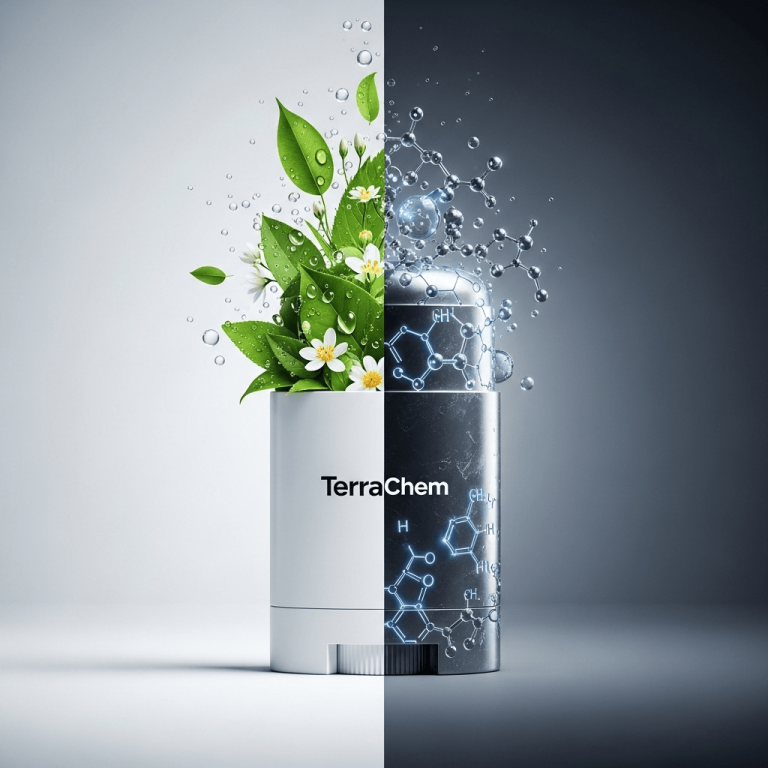Your Mouth is a Time Machine: Uncover the Ancient Plague That’s Shortening Your Life (And How to Beat It)
Look in the mirror. Your smile isn’t just a social asset—it’s a living museum of evolution and a map of your health. It holds the story of an ancient plague that was a rarity for thousands of years but is now the most common disease in the world. That plague is tooth decay. Understanding its roots and mastering modern defense methods is your key to unlocking your full longevity potential.
Where Did Cavities Come From? A Journey into Our Ancestors’ Skulls
Did our hunter-gatherer ancestors spend their mornings scrubbing their teeth? Of course not. And yet, their teeth were astonishingly healthy. Anthropological studies of skulls from millennia ago show that cavities were extremely rare. Why? Their diet, rich in protein, fats, and tough, fibrous plants, didn’t provide fuel for decay-causing bacteria.
Everything changed with the agricultural revolution, about 10,000 years ago. We began cultivating grains and eating more carbohydrates. The ancient Egyptians, whose diet was based on bread, suffered from widespread cavities and abscesses. But the real explosion of the disease came in the last few hundred years with the proliferation of refined sugar.
Today, we live in an environment that is a paradise for tooth-destroying bacteria. But we also have knowledge and tools our ancestors could only dream of.
The Battlefield in Your Mouth: Demineralization vs. Remineralization
A cavity isn’t a “hole” that just appears. It’s the result of a prolonged chemical war. Bacteria in your mouth consume sugar, producing acids that leach minerals (calcium, phosphates) from your enamel. This is demineralization. Fortunately, your body fires back. Your saliva is saturated with these minerals and actively replenishes them, rebuilding the enamel. This is remineralization.
Early decay (visible as a white, matte spot on the tooth) is a state where the battle is still winnable. You can reverse the process and “heal” the tooth before an irreversible cavity forms.
Fluoride: The Smart Missile in Your Arsenal
Fluoride is the most powerful ally of remineralization. It acts as a catalyst that enhances your body’s natural defense processes.
- Creates Super-Enamel: It integrates into the enamel, forming fluorapatite—a structure much harder and more resistant to acids.
- Speeds Up Repair: It actively attracts minerals from saliva to the weakened enamel.
- Acts Anti-bacterially: It inhibits the metabolism of bacteria, limiting acid production.
What about children? For the youngest, dosage is key.
- From the first tooth to age 3: Use a toothpaste with 1000 ppm of fluoride in a smear amount, the size of a grain of rice.
- Between ages 3 and 6: Increase the amount of toothpaste (1000 ppm) to the size of a pea. Parents should supervise brushing to ensure the child does not swallow the paste.
Fluoride and the Blood-Brain Barrier – Facts vs. Fiction There’s a lot of concern online about fluoride. Is it justified? Yes, in VERY high, toxic doses (e.g., from industrial poisoning), fluoride can cross the blood-brain barrier. However, it is crucial to distinguish between ingesting large quantities of fluoride and using it topically in toothpaste. The amount of fluoride that might be accidentally swallowed during brushing is minimal and is considered by global health organizations to be completely safe and not a neurological threat. The benefits of preventing tooth decay far outweigh this negligible risk.
Mouthwash: Ally or Marketing?
Store shelves are overflowing with mouthwashes. Are they necessary? It depends.
- Cosmetic Rinses: They mainly freshen breath but have no therapeutic effect. They can mask a problem (like gum disease).
- Therapeutic Rinses: They contain active ingredients. Those with fluoride are an excellent supplement for people at high risk of cavities. Rinses with chlorhexidine have a strong antibacterial effect but should be used short-term and under a dentist’s supervision (e.g., after surgery), as they can cause staining.
The Golden Rule: Mouthwash never replaces brushing and flossing. It’s a supplement, not a substitute.
The Mouth: Your Gateway to Longevity
Oral health is not a separate category. It’s a foundation. Chronic gum inflammation is a superhighway for dangerous bacteria to enter your bloodstream. The scientific evidence is undeniable, linking poor oral health to heart disease, stroke, diabetes, and even Alzheimer’s disease.
“Treating the mouth as an isolated system is one of the biggest mistakes of 20th-century medicine. We now know that gum health is directly linked to the body’s overall inflammation levels, which is the primary driver of age-related diseases.” – Dr. Michael Roizen, Chief Wellness Officer at the Cleveland Clinic.
The Complete Health Protocol for 100+ Years
- Brush and Don’t Rinse: Twice a day, for two minutes, with fluoride toothpaste. After spitting out the paste, don’t rinse your mouth with water for about 30 minutes. Let the fluoride work.
- Floss Relentlessly: Every day. 40% of your problems start where a toothbrush can’t reach.
- Think Like an Ancestor, Eat Like a Modern Sage: Limit simple sugars and frequent snacking. Incorporate vegetables, healthy fats, and protein into your diet.
- Visit a Professional: A visit to the dentist and hygienist isn’t a punishment; it’s an investment. Go for a check-up and professional cleaning every 6-12 months. Only a professional can remove hardened plaque (tartar) and detect problems before they become catastrophes.
Your health is an interconnected system. Oral hygiene is one of the most powerful yet underestimated ways to influence the length and quality of your life. Want to learn the rest?







